Over time, the windbreaker fabric market has become increasingly diverse, with unique properties and different insulation capabilities. Explore more about windbreaker fabric types in this article!
What is a windbreaker?
In the realm of fashion, men’s windbreakers have become an essential and fashionable item. These windbreakers are crafted meticulously using durable nylon fabric, which not only shields you from strong winds but also acts as a dependable guard against the elements. These windbreakers serve as a reliable companion, offering protection from scorching sunrays, unexpected rain showers, and even the dust and pollutants that lurk in urban environments.
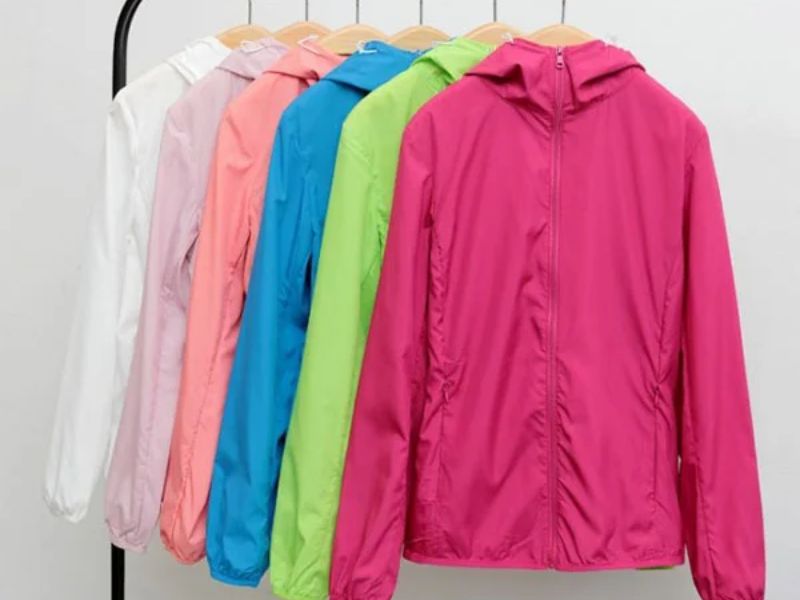
A windbreaker is a type of outerwear garment that is designed to protect the wearer from strong winds. It is typically made from lightweight, wind-resistant materials that can effectively block the wind from penetrating through the fabric. Windbreakers often have a zipper or snaps in the front for easy wearing and removal, and they may also have additional features such as a hood or pockets. The primary purpose of a windbreaker is to provide a barrier against cold winds and maintain body warmth, making it ideal for outdoor activities or when facing windy weather conditions.
However, the world of windbreakers is continuously growing and becoming more diverse. It is not just limited to nylon anymore. The materials, colors, and styles of windbreakers are constantly evolving through innovation. They are now designed to provide protection against the sun, rain, and even cold weather. The market for windbreakers has expanded to cater to different needs and preferences.
Rainproof fabric ideal for the rainy season, designed to resist wind and repel water.
Windbreaker fabric is made from nylon material.
Nylon is a remarkable material that performs exceptionally well in windbreakers. It is renowned for its outstanding water resistance and high capability to block strong winds. Nylon fabric proves to be an invaluable option for individuals seeking optimal protection against severe weather conditions.
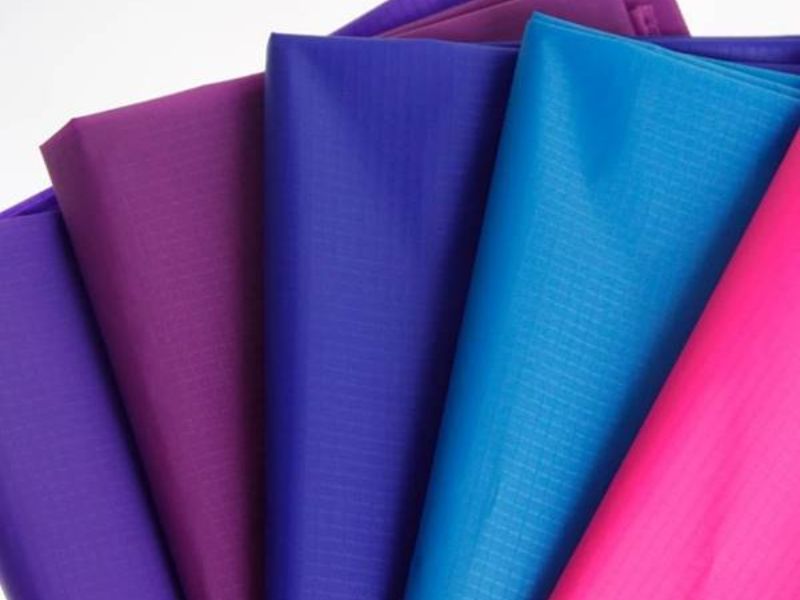
Windbreaker fabric typically refers to a type of textile that is commonly made from nylon material.
However, just like any other material, nylon has its drawbacks that should be considered. One of the issues is the unpleasant sound it produces when touched, which may not be appealing to many individuals. Additionally, nylon may lack aesthetic appeal, which can be a concern for those seeking visually pleasing materials. Furthermore, the ability of nylon to decompose raises concerns about its potential impact on the environment. These factors should be taken into account when considering the use of nylon.
Polyurethane fabric is commonly used for windbreaker jackets due to its durability and resistance to wind and water.
Polyurethane is a highly versatile material that finds numerous applications across various industries. One particular area where it is widely used is in the manufacturing of windbreakers, which are designed to protect individuals from the rain.
Polyurethane possesses several advantageous qualities that make it an ideal material choice. In addition to being lightweight and breathable, this versatile substance demonstrates exceptional water resistance. Furthermore, it has the remarkable ability to retain its shape flawlessly, avoiding any unwanted wrinkling.
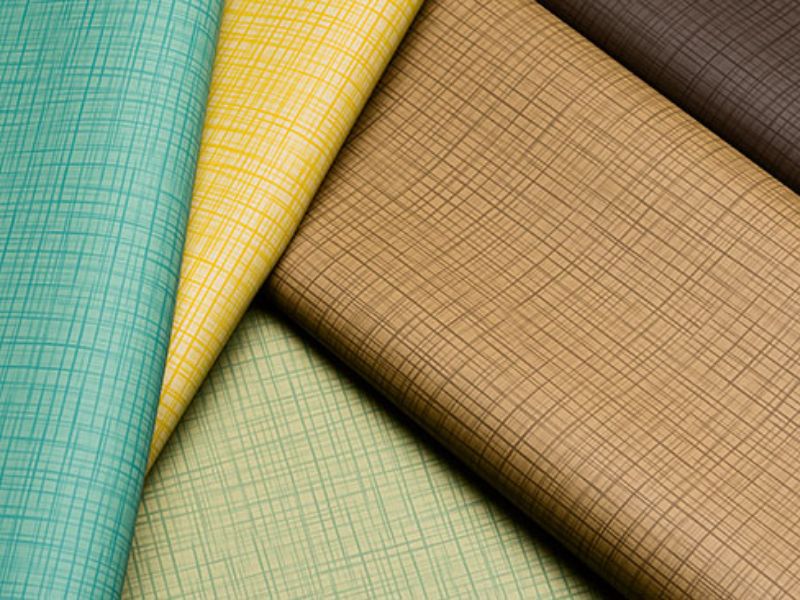
The windbreaker fabric is made from polyurethane, which is a type of synthetic material. Polyurethane fabric is known for its durability, flexibility, and resistance to water and wind. It is commonly used in the production of outdoor clothing such as windbreakers, rain jackets, and waterproof trousers. The fabric offers excellent protection against harsh weather conditions, allowing wearers to stay dry and comfortable. Additionally, polyurethane fabric is lightweight, making it ideal for active pursuits and outdoor adventures. It is a popular choice among athletes, hikers, and adventurers who require reliable and high-performance clothing.
However, despite the numerous advantages it offers, the wind resistance of polyurethane fabric is not widely praised or valued.
Polyester fabric is commonly used for windbreaker jackets due to its durability and wind-resistant properties.
Polyester is a highly regarded material in the fashion industry due to its solid construction and remarkable versatility. It consistently demonstrates its value through its wide range of applications. Polyester fabric is primarily composed of PE (polyester) fibers, but it can also contain a blend of PE and nylon. This fabric is favored not only for its reliability in producing jacket shells, linings, and padding materials but also for its ability to serve as a versatile option for outerwear.
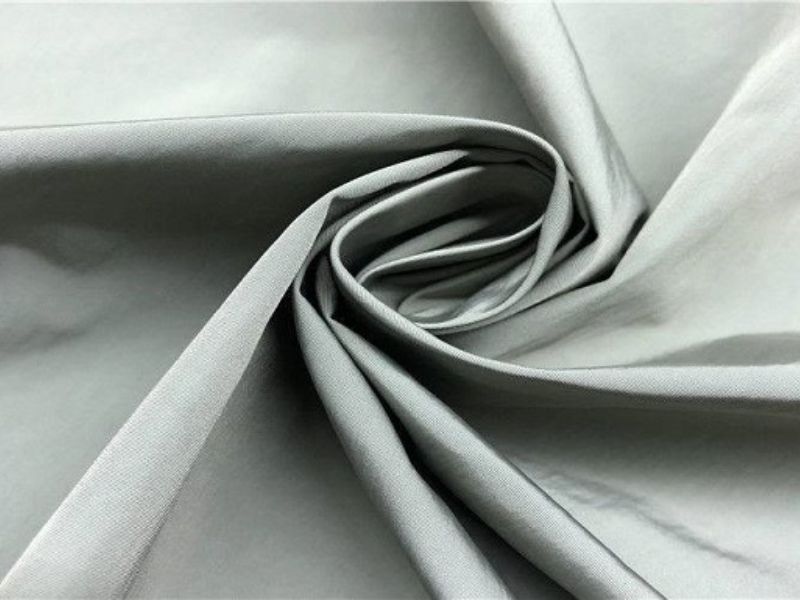
The windbreaker fabric is made from polyester, which is a type of fabric known for its durability and resistance to wind and water. Polyester fabric is often used in the production of windbreaker jackets due to its lightweight and breathable nature. It provides protection against the elements while allowing for comfortable movement.
Polyester offers several advantages, including being lightweight and durable. Additionally, it excels in water resistance and wind resistance. However, like any material, polyester does have some downsides. Wearing polyester for extended periods of time can cause a feeling of stuffiness, and it has poor sweat absorption. These factors should be taken into consideration when selecting a product.
Windbreaker fabric for winter
Fabrics used for winter windbreakers are specifically tailored to provide warmth and protection against cold winds, unlike fabrics used in windbreakers for warmer seasons. These winter fabrics are designed to effectively retain body heat and shield the wearer from the chilling effects of low temperatures.
Tweed fabric can be used as an alternative to windbreaker fabric.
This type of fabric is typically crafted using natural coarse wool. However, in order to cater to the wide range of aesthetic preferences and practical requirements of consumers, the fabric is now frequently blended with mohair or cashmere.
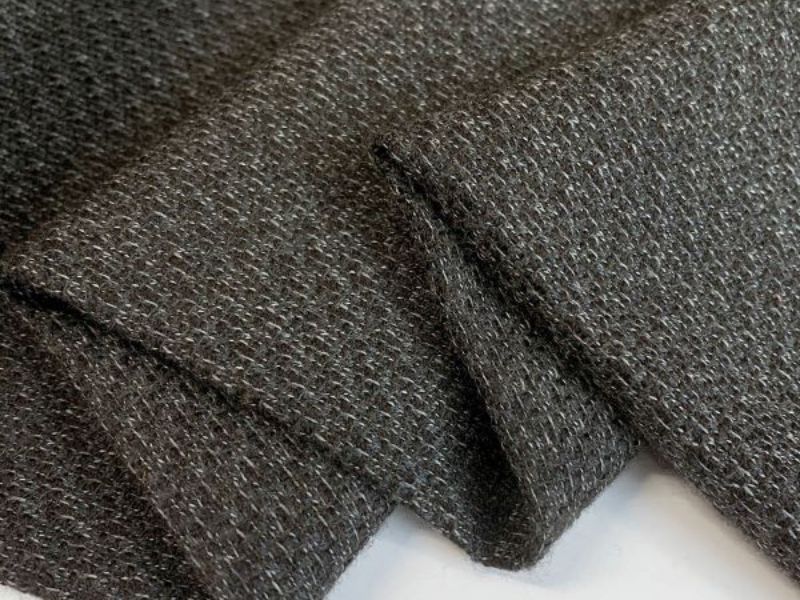
The original text states “Windbreaker fabric – Tweed fabric”. To provide more detail, we could rephrase it as follows:
“Windbreaker fabric refers to a type of synthetic material specifically designed to provide protection against the wind. It is usually lightweight, durable, and resistant to water, making it ideal for outerwear such as jackets and coats. On the other hand, tweed fabric is a classic, textured fabric that is known for its cozy and warm qualities. It is typically made from wool and features a unique pattern created by weaving different colored yarns together. Tweed fabric is commonly used in the production of stylish and sophisticated garments like blazers, skirts, and suits, adding a touch of elegance and sophistication to any outfit.”
This fabric has several strengths that make it stand out. Firstly, its thickness provides a sturdy and durable quality. It also excels at retaining warmth, making it a great choice for colder climates or winter clothing. Additionally, it boasts excellent wind resistance, making it ideal for outdoor activities. Adding to its appeal, the fabric has a high aesthetic value, ensuring the product remains fashionable and trendy. However, it’s worth noting that this fabric comes at a relatively higher price compared to other options.
Mohair fabric is used for windbreaker fabric.
Mohair is a well-known material in the field of men’s fashion, commonly utilized to produce fabric for windbreakers and jackets. It is derived from the hair of Angora goats.
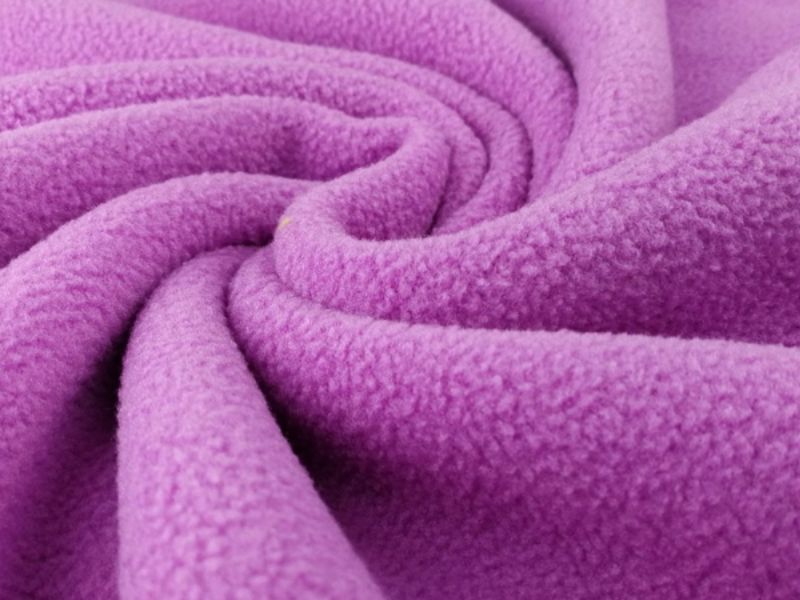
Windbreaker fabric and Mohair fabric are two distinct types of textile materials.
Windbreaker fabric is a specialized fabric that is designed to provide protection against wind. It is typically lightweight and made from synthetic materials such as nylon or polyester. Windbreaker fabric often has a water-resistant coating, making it suitable for outdoor activities in inclement weather. It is commonly used to make jackets, coats, and other outerwear garments.
On the other hand, Mohair fabric is a luxurious and high-quality textile. It is made from the hair of Angora goats. Mohair is known for its exceptional softness, luster, and durability. It has excellent insulating properties, making it suitable for both warm and cold climates. Mohair fabric is commonly used in making high-end clothing items such as sweaters, suits, and upholstery.
In summary, windbreaker fabric is a practical and functional material, ideal for wind protection, while Mohair fabric is a luxurious textile, prized for its softness and durability.
The fabric is renowned for its exceptional durability and thickness, ensuring optimal warmth retention. However, the drawback of this fabric is its bulky nature, which translates into a higher price point for the product.
Tricot fabric is used in windbreaker materials.
Tricot, also referred to as felt, is a highly favored fabric option for winter windbreakers. Tricot offers a multitude of advantages, including exceptional wind resistance, substantial thickness, and unmatched comfort.
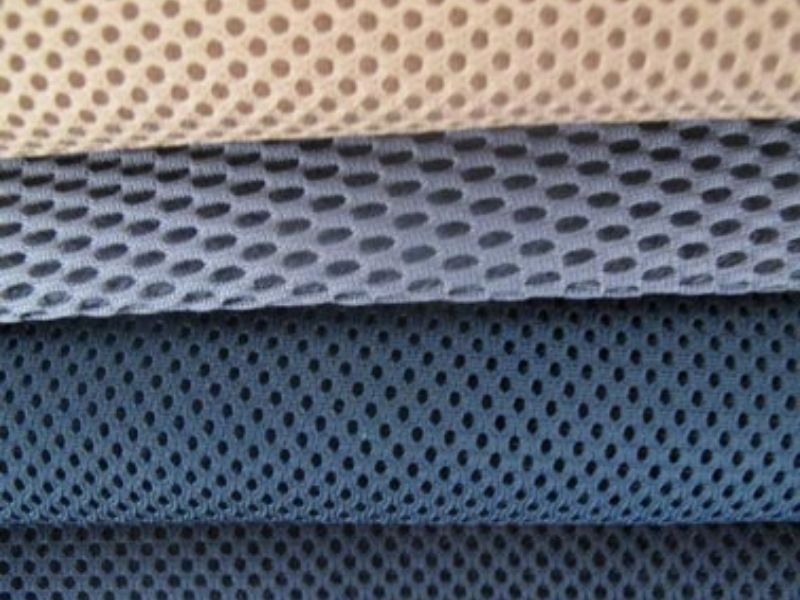
The windbreaker fabric, also known as tricot fabric, is a type of fabric that is commonly used in the production of windbreaker jackets. It is made from a durable material that is resistant to wind and offers protection against harsh weather conditions. The tricot fabric has a smooth and soft texture, making it comfortable to wear. It is often used in outdoor clothing due to its lightweight and breathable properties. Additionally, the windbreaker fabric is easy to clean and maintain, making it a popular choice for active individuals who engage in outdoor activities.
However, due to its thick and bulky nature, tricots are typically reserved for situations where individuals must brave extremely cold weather conditions.
Windbreaker fabric made from wool and wool blends.
Typically, wool is the primary material used to create this fabric. Skilled artisans weave the wool into exquisite sweaters that are not only incredibly warm, but also visually appealing.
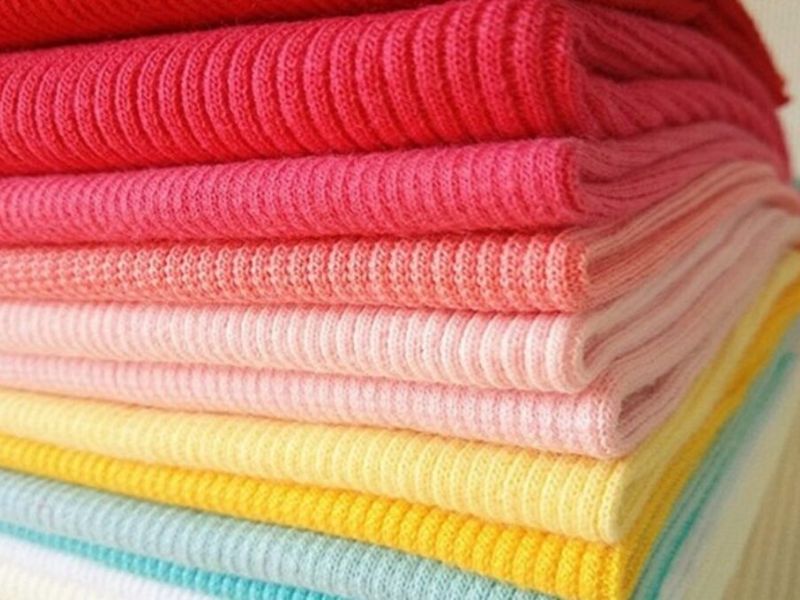
Windbreaker fabric refers to a type of material that is specifically designed for making windbreaker jackets. In this case, the fabric being discussed is made from wool or a combination of wool and other fibers. Wool is known for its excellent insulation properties, providing warmth and protection from the wind. Wool blends, on the other hand, combine the benefits of wool with other fibers, resulting in a fabric that is not only warm and wind-resistant but also offers additional qualities such as durability and moisture-wicking capabilities.
Wool is known for its remarkable qualities that make it stand out among other fabrics. One of its outstanding features is its natural breathability, which allows air to circulate freely and helps regulate body temperature. Additionally, wool’s thickness contributes to its exceptional ability to keep you warm, providing insulation even in cold conditions.
Apart from its functional benefits, wool also offers a comfortable and soft feel against the skin. Its natural fibers create a cozy and luxurious sensation when worn or touched. Furthermore, wool is relatively easy to maintain, making it a convenient choice for those seeking low-maintenance fabrics.
However, it is important to note that wool has its weaknesses as well. One of these is its tendency to pill, creating small balls of fibers on the fabric’s surface over time. While this does not affect the material’s functionality, it can diminish its appearance. Another drawback of wool is its propensity to generate static electricity during the winter season, leading to occasional discomfort or mild shocks when in contact with certain surfaces.
Despite these shortcomings, the overall benefits of wool, such as its breathability, warmth, softness, and manageable care, make it a highly desirable choice for a variety of garments and textiles.
Lightweight, breathable fabric designed for the hot season’s windy conditions.
In the world of fashion, windbreakers designed for hot weather are not only a combination of style and functionality but also represent comfort and fashion. Have you ever been curious about the different types of fabric used specifically for windbreakers created for the hot season?
Cotton fabric is used for making windbreaker jackets.
Cotton is a natural fabric that is highly versatile and used not only for making windbreakers but also as the primary material for a wide range of clothing items. Its popularity stems from both its adaptability and the numerous advantages it offers.
Cotton has several advantageous qualities that make it a popular choice. One of its main strengths is its high moisture absorption, which helps to create a comfortable sensation when it is used. Additionally, cotton is known for being lightweight, soft, and long-lasting. Another advantage of cotton is its ease of dyeing, allowing for a wide range of color and style options for users.
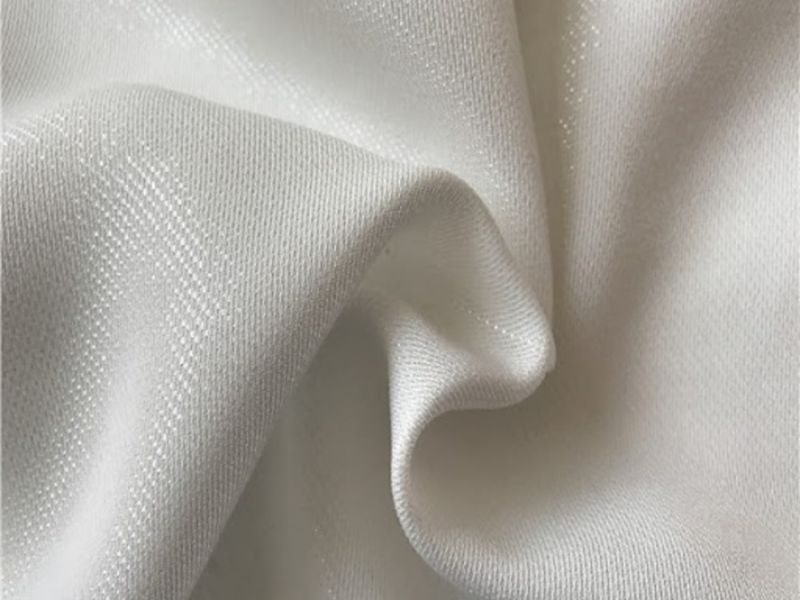
The windbreaker fabric is made from cotton material.
However, due to its high moisture absorption properties, cotton has a tendency to show sweat stains on clothes. Additionally, when it comes to washing cotton fabric, it can absorb a significant amount of water, making it challenging to wring out by hand.
Linen fabric can be used as a windbreaker fabric.
Linen, a peculiar yet comforting fabric, offers a unique style and is highly sought after for windbreakers during hot weather. Despite its lack of popularity, linen windbreakers remain a popular choice due to the material’s lightweight properties and fashionable appeal.
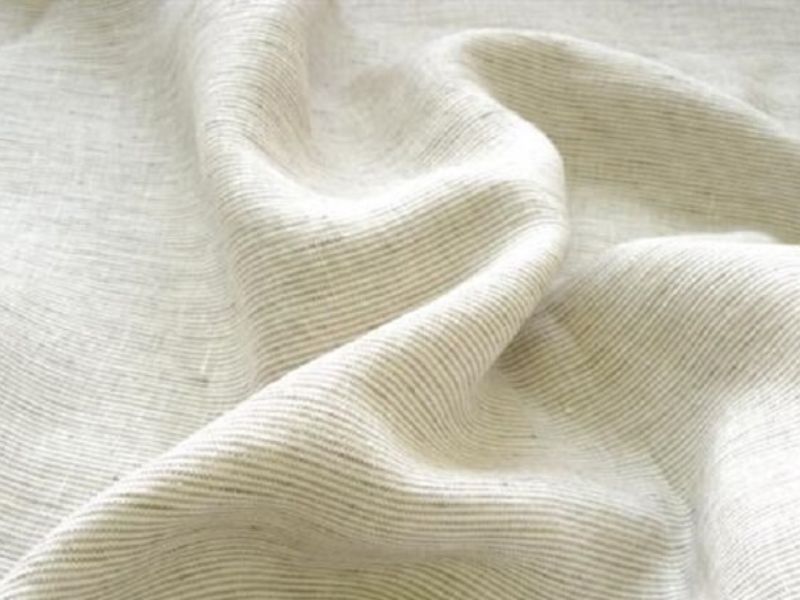
The windbreaker fabric is made from a durable linen fabric that is specifically designed to provide protection against wind. The fabric is carefully woven using high-quality linen fibers, which give it a lightweight and breathable quality. It is also known for its resistance to tearing and its ability to dry quickly. This makes it an ideal choice for creating outerwear garments that can shield the wearer from windy conditions without compromising on comfort. The windbreaker fabric is often used in the production of jackets, coats, and other outdoor apparel that require both functionality and style. Its versatility and durability make it a popular choice among manufacturers and consumers alike.
Linen offers several benefits due to its lightweight nature and excellent breathability. Additionally, it has the advantage of drying quickly when exposed to sunlight. However, one drawback of linen is its tendency to wrinkle easily, impacting its overall appearance and limiting its popularity in the garment industry.
Epilogue
Above is detailed information about the types of windbreaker fabric that can be used. Hopefully, the information provided by Fashion Bandung will help you find the most suitable product for your style. Make sure to follow our news page to learn more about other good fabrics!
Fashion Bandung is a fashion brand that specializes in offering a wide range of clothing and accessories for men. With a focus on style and trendiness, Fashion Bandung provides a diverse collection of fashionable items that cater to the modern man’s wardrobe needs. From casual wear to formal attire, the brand ensures high-quality products that reflect the latest fashion trends. Fashion Bandung aims to enhance the style and confidence of men by providing them with stylish and versatile fashion options.

